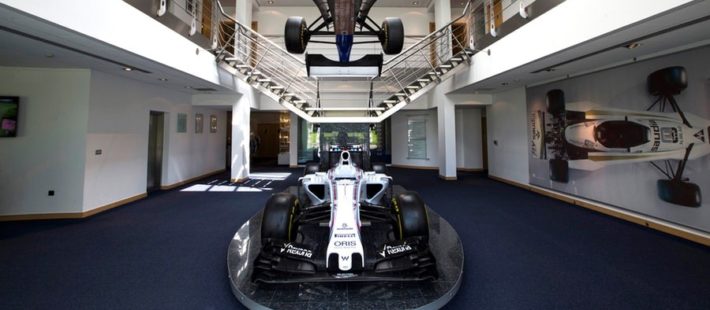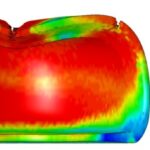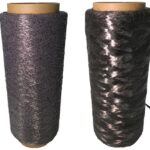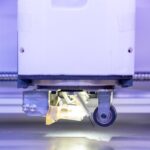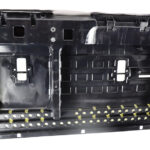The motorsport industry has been instrumental in driving the technology from bespoke and low volume process to large-scale manufacture, including additive manufacturing, to bring composite technology to mainstream engineering.
Taking place at Williams F1’s conference centre on the 22 and 23 October 2019, Composites in Motorsport will take participants through a journey to discover the advantages of the use of composite materials in the world of Motorsport.
The event will welcome keynote speakers including Motorsport, F1 and Aerodynamics Specialist Professor Willem Toet (Sauber Aerodynamics), CEO of the MIA (Motorsport Industry Association), Chris Aylett and recently retired Chief Composites Engineer, Brian O’Rourke of Williams Advanced Engineering.
Other speakers joining the event to share their knowledge and experience of working within this exciting and future-focussed industry include representatives of Gordon Murray Design, Mahindra Racing Formula E Team and BComp Ltd plus many others.
A must-see event for those industry professionals seeking lightweight technology solutions, the programme will cover several sessions focussing on how these materials play a role in the Motorsport industry including the design, manufacturing, techniques and processes.
Set within the impressive conference centre at Williams F1, the event includes a number of networking opportunities with 21 exhibiting companies displaying their latest innovations.
What does the future hold for the world of motorsport technology? Visit the website to view the programme, exhibitors and speakers and to register today:
Source: NetComposites


